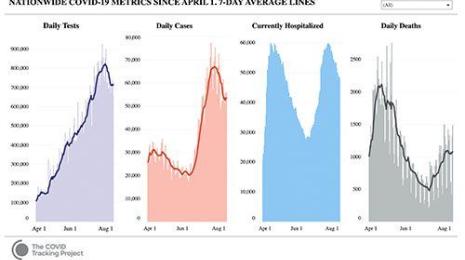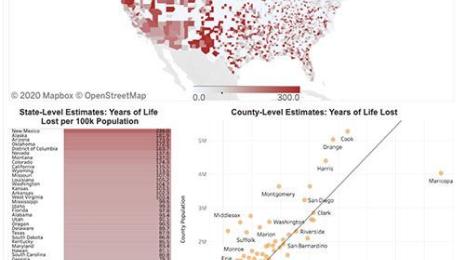
Eillie Anzilotti
Pagination
Subscribe to our blog
Get the latest Tableau updates in your inbox.

 Eillie Anzilotti
August 5, 2021
Eillie Anzilotti
August 5, 2021

 Eillie Anzilotti
August 20, 2020
Eillie Anzilotti
August 20, 2020

 Eillie Anzilotti
July 31, 2020
Eillie Anzilotti
July 31, 2020

 Eillie Anzilotti
July 13, 2020
Eillie Anzilotti
July 13, 2020

 Eillie Anzilotti
July 8, 2020
Eillie Anzilotti
July 8, 2020

 Eillie Anzilotti
June 24, 2020
Eillie Anzilotti
June 24, 2020

 Eillie Anzilotti
May 6, 2020
Eillie Anzilotti
May 6, 2020

 Eillie Anzilotti
May 5, 2020
Eillie Anzilotti
May 5, 2020

 Eillie Anzilotti
April 20, 2020
Eillie Anzilotti
April 20, 2020
Get the latest Tableau updates in your inbox.